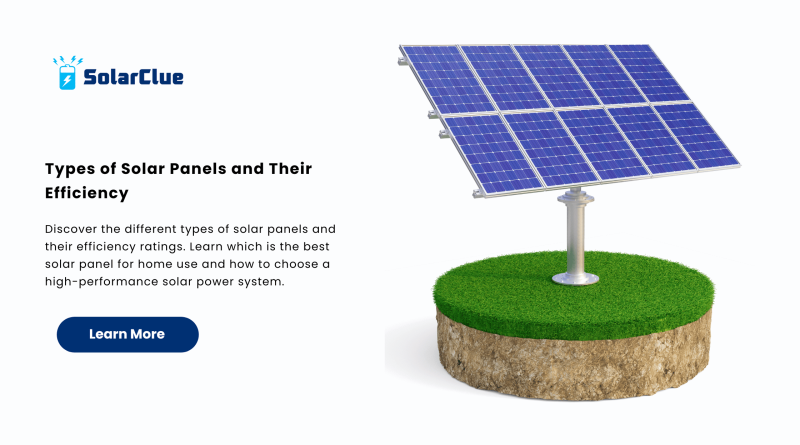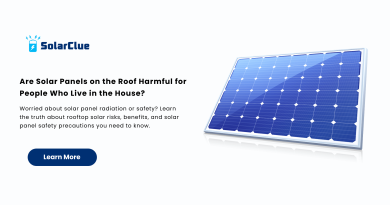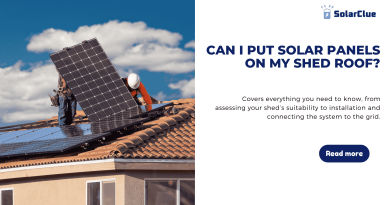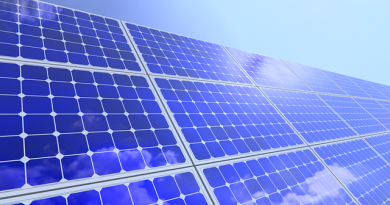Types of Solar Panels and Their Efficiency
Harnessing solar energy is one of the most sustainable and cost-effective ways to power your home or business. But choosing the right panel type can feel overwhelming. From monocrystalline to thin-film, each option varies in efficiency, cost, and suitability for different environments. This guide explores the types of solar panels and their efficiency, helping you decide the best solar panel for your needs.
Table of Contents
- 1 What is Solar Panel Efficiency?
- 2 1. Monocrystalline Solar Panels
- 3 2. Polycrystalline Solar Panels
- 4 3. Thin-Film Solar Panels
- 5 4. Passivated Emitter and Rear Cell (PERC) Panels
- 6 Which is the Best Solar Panel for Home Use?
- 7 Factors That Influence Solar Panel Efficiency
- 8 How to Choose the Right Solar Power System
- 9 Cost vs. Efficiency: What Matters Most?
- 10 Installation Considerations
- 11 Warranty and Lifespan Comparison
- 12 Emerging Solar Technologies
- 13 Environmental Impact
- 14 Maintenance Tips to Maximize Efficiency
- 15 Government Incentives and Rebates
- 16 Conclusion
- 17 FAQs
What is Solar Panel Efficiency?
Solar panel efficiency refers to how well a panel converts sunlight into usable electricity. Higher efficiency means more electricity is generated using less space. This is crucial if roof space is limited or if you’re aiming for maximum output per square foot.
1. Monocrystalline Solar Panels
Overview
Monocrystalline panels are made from a single crystal structure, giving them a distinct black appearance. They are often considered the best solar panel for home installations due to their high efficiency and durability.
Efficiency Rate
These panels have an efficiency range between 17% to 22%, making them the highest among standard panels.
Pros and Cons
Pros:
- High solar panel efficiency
- Long lifespan (25–30 years)
- Perform well in low-light conditions
Cons:
- Higher cost
- More silicon waste during production
2. Polycrystalline Solar Panels
Overview
Polycrystalline panels are created by melting multiple silicon crystals. They are usually blue in color and more affordable than monocrystalline.
Efficiency Rate
Typical efficiency ranges from 15% to 17%.
Pros and Cons
Pros:
- Lower cost
- Less silicon waste
Cons:
- Lower efficiency
- Larger space requirement
3. Thin-Film Solar Panels
Overview
These are made from materials like cadmium telluride or amorphous silicon. They are lightweight, flexible, and ideal for unconventional surfaces.
Efficiency Rate
Efficiency generally ranges from 10% to 13%, but newer models are improving.
Pros and Cons
Pros:
- Lightweight and flexible
- Aesthetically sleek design
Cons:
- Lower efficiency
- Shorter lifespan
4. Passivated Emitter and Rear Cell (PERC) Panels
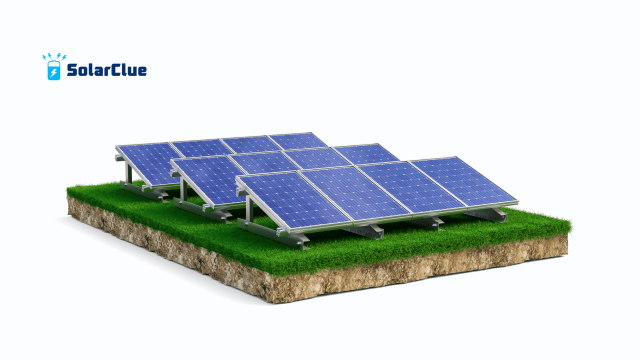
Overview
PERC panels are an upgraded version of monocrystalline or polycrystalline panels. They include a passivation layer that boosts efficiency.
Efficiency Rate
Up to 23% efficiency with proper conditions.
Pros and Cons
Pros:
- Improved solar panel efficiency
- Better performance in low light
Cons:
- Slightly more expensive
Which is the Best Solar Panel for Home Use?
Choosing the best solar panel for home depends on your goals. If you prioritize efficiency and space-saving, monocrystalline or PERC panels are ideal. If budget is a concern, polycrystalline panels offer decent performance at a lower price.
Factors That Influence Solar Panel Efficiency
- Angle and orientation of panels
- Shading and sunlight exposure
- Temperature and climate
- Panel material and technology
How to Choose the Right Solar Power System
When selecting a solar power system, consider:
- Energy needs (kWh usage)
- Roof space availability
- Local weather conditions
- Budget and financing options
Visit solarclue.com to explore a wide range of solar products tailored to your needs.
Cost vs. Efficiency: What Matters Most?
High-efficiency panels may have a higher upfront cost but save more over time through better energy production. Calculate your long-term savings to determine the value.
Installation Considerations
Choose certified installers, ensure proper roof assessment, and look for warranties. Proper installation boosts lifespan and efficiency.
Warranty and Lifespan Comparison
| Type | Efficiency | Lifespan | Warranty |
|---|---|---|---|
| Monocrystalline | 17–22% | 25–30 yrs | 25+ years |
| Polycrystalline | 15–17% | 20–25 yrs | 20–25 years |
| Thin-Film | 10–13% | 10–20 yrs | 10–20 years |
| PERC | 19–23% | 25+ yrs | 25+ years |
Emerging Solar Technologies
- Bifacial panels (capture sunlight from both sides)
- Perovskite cells (potentially high efficiency at low cost)
- Building-integrated photovoltaics (BIPV)
Environmental Impact
Solar energy reduces carbon footprints, supports energy independence, and promotes sustainability.
Maintenance Tips to Maximize Efficiency
- Regularly clean panels
- Monitor output levels
- Schedule annual inspections
Government Incentives and Rebates
Many governments offer tax credits and rebates to encourage solar adoption. Check your local and national programs for savings.
Conclusion
Understanding the types of solar panels and their efficiency is crucial in making a smart energy investment. Whether you go with high-efficiency monocrystalline or budget-friendly polycrystalline, your decision impacts your home’s sustainability and savings.
Looking for the best solar panel or a customized solar power system? Dive into resources at blog.solarclue.com to make an informed choice.
Visit solarclue.com and energize your future with a smarter solar solution today!
FAQs
Q1. Which solar panel has the highest efficiency?
A1. Monocrystalline and PERC panels currently offer the highest solar panel efficiency, ranging up to 23%.
Q2. What is the lifespan of a solar panel?
A2. Most solar panels last between 20 to 30 years depending on the type and maintenance.
Q3. Is thin-film a good option for residential use?
A3. Thin-film is less efficient and better suited for large-scale or flexible applications, not ideal for small rooftops.
Q4. Are expensive panels always better?
A4. Not necessarily. It depends on your energy needs, budget, and available space.
Q5. How do I maintain my solar panels?
A5. Keep them clean, monitor performance, and schedule annual maintenance to ensure long-term performance.

